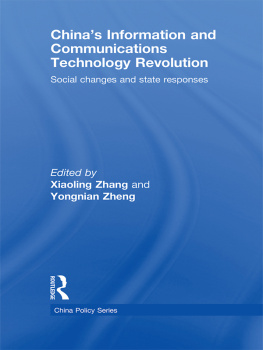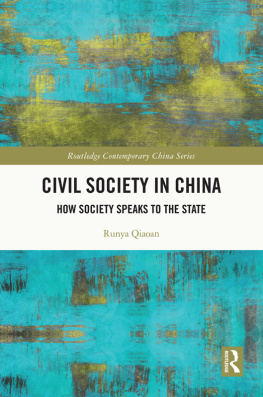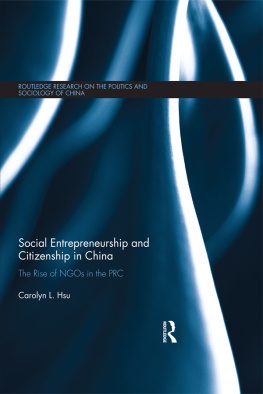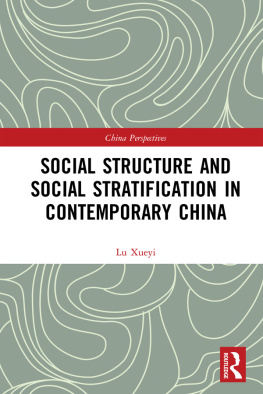Xiaohong Zhou - Cultural Reverse II: The Multidimensional Motivation and Social Impact of Intergenerational Revolution
Here you can read online Xiaohong Zhou - Cultural Reverse II: The Multidimensional Motivation and Social Impact of Intergenerational Revolution full text of the book (entire story) in english for free. Download pdf and epub, get meaning, cover and reviews about this ebook. year: 2020, publisher: Routledge, genre: Politics. Description of the work, (preface) as well as reviews are available. Best literature library LitArk.com created for fans of good reading and offers a wide selection of genres:
Romance novel
Science fiction
Adventure
Detective
Science
History
Home and family
Prose
Art
Politics
Computer
Non-fiction
Religion
Business
Children
Humor
Choose a favorite category and find really read worthwhile books. Enjoy immersion in the world of imagination, feel the emotions of the characters or learn something new for yourself, make an fascinating discovery.

- Book:Cultural Reverse II: The Multidimensional Motivation and Social Impact of Intergenerational Revolution
- Author:
- Publisher:Routledge
- Genre:
- Year:2020
- Rating:3 / 5
- Favourites:Add to favourites
- Your mark:
Cultural Reverse II: The Multidimensional Motivation and Social Impact of Intergenerational Revolution: summary, description and annotation
We offer to read an annotation, description, summary or preface (depends on what the author of the book "Cultural Reverse II: The Multidimensional Motivation and Social Impact of Intergenerational Revolution" wrote himself). If you haven't found the necessary information about the book — write in the comments, we will try to find it.
The book proposes a new academic concept, Cultural Reverse (), referring to the phenomeno beginning in China in the 1980s in which the older generation started to learn from the younger generation, and analyses the multiple causes and social impacts of this trend.
Following on from the first volume, this second volume further analyses the multiple causes of cultural reverse, including rapid social change, the influence of peer groups, and the impact of the media. Then, in a broader context, the author discusses the complex interdependence of and conflict among the State, society, and youth. He tells a story of the transformation of Chinese youth over the past hundred years, and names this one-place (fast-changing China) and one-time only (unrepeatable) phenomenon China feeling.
The innovative content of the book pushes the barriers of the academic field. Scholars of Chinese sociology and general readers interested in contemporary Chinese society will find this book to be essential.
Xiaohong Zhou: author's other books
Who wrote Cultural Reverse II: The Multidimensional Motivation and Social Impact of Intergenerational Revolution? Find out the surname, the name of the author of the book and a list of all author's works by series.






